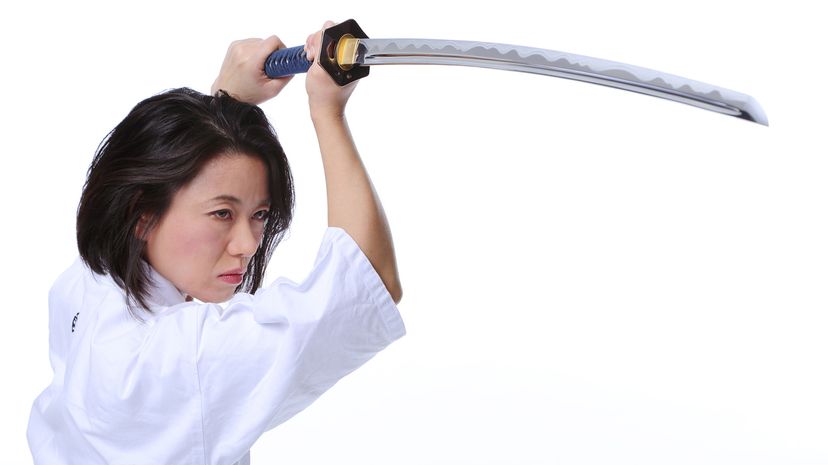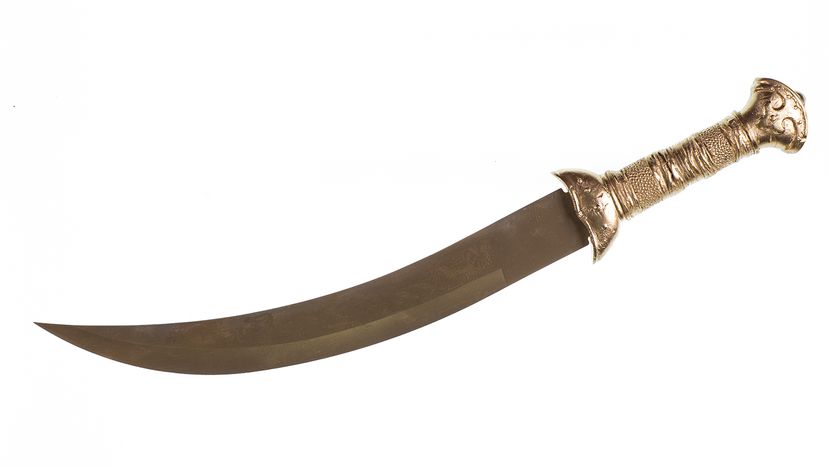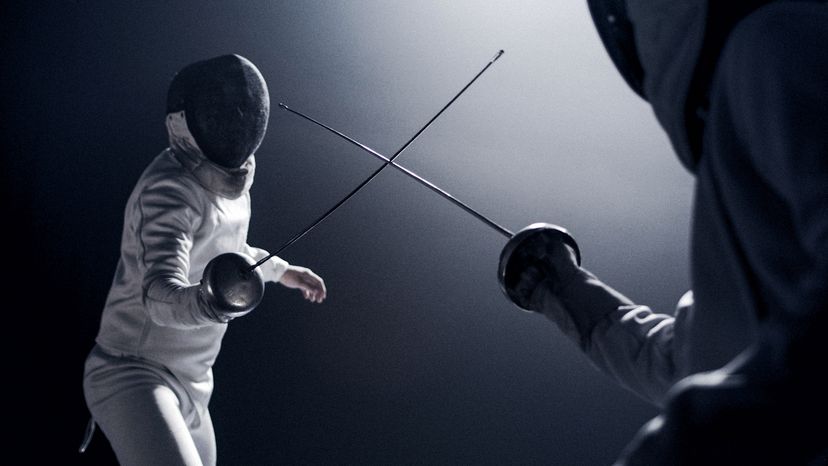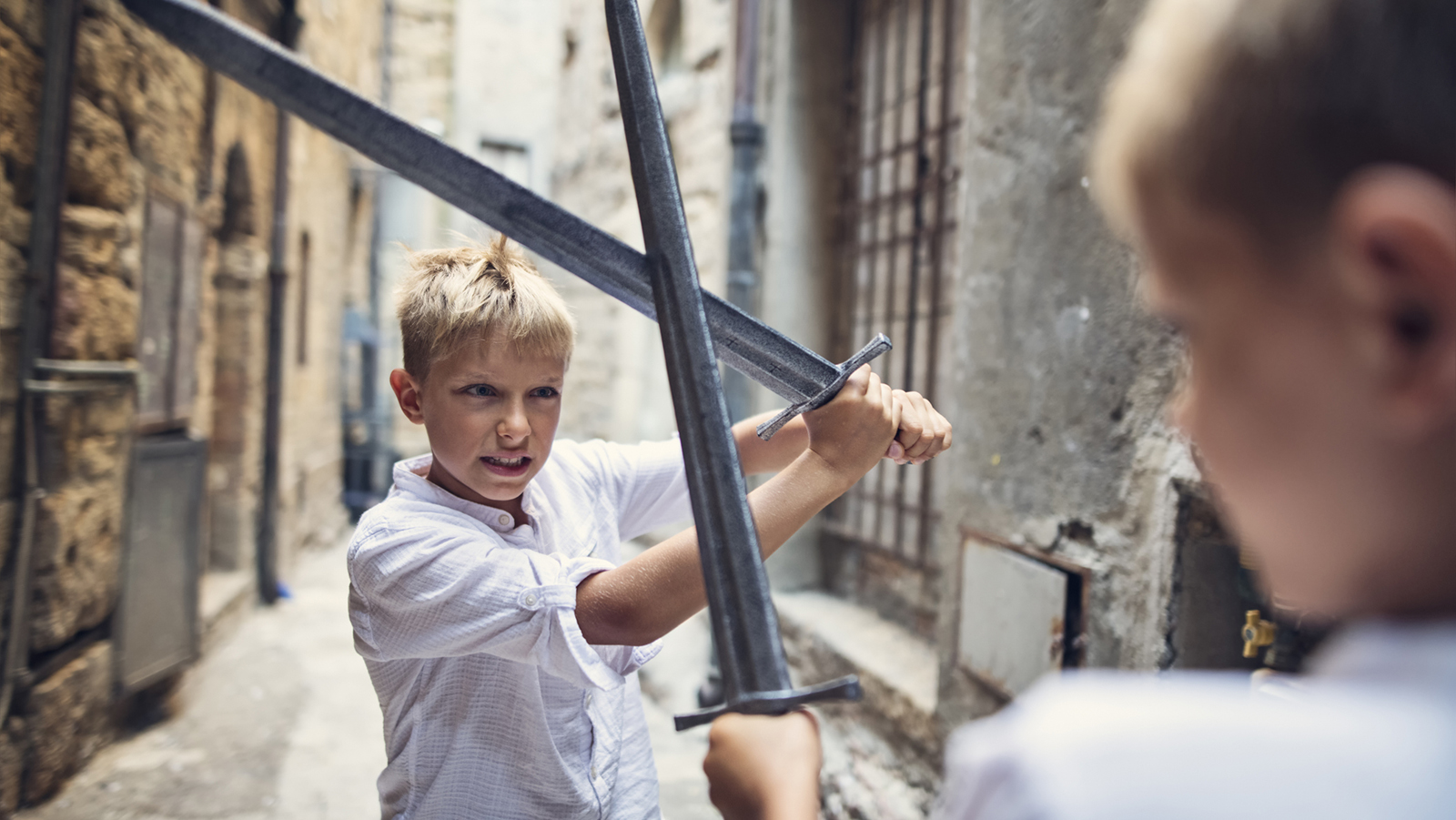
Swords have served as tools of war, status symbols and ceremonial items across various cultures and historical periods. From medieval Europe to feudal Japan, the types of swords reflect the combat styles, technological advancements and cultural identity of the societies that wielded them.
1. Arming Sword

A staple of medieval swords, the arming sword is a straight, double-edged sword typically used with one hand. Common during the High Middle Ages (approximately 1000 to 1350 C.E.), it was typically wielded alongside a shield for close combat.
This single-handed sword features a blade length of about 27 to 31 inches (70 to 80 cm).
2. Longsword (European Longsword)
Popular in the late medieval and early Renaissance periods, the longsword has a longer blade and is often used with two hands.
Known for its versatility in thrusting and slashing, it was the backbone of European fighting styles, especially in duels and battlefield engagements.
3. Katana

A Japanese sword with a distinctive curved blade, the katana was the weapon of the samurai class. It has a single-edged blade designed for precise strikes and slashing.
Used in feudal Japan, the katana is a symbol of honor and martial discipline, often evoking images of samurai warriors.
4. Roman Gladius

Used by Roman legions, the gladius is a short sword ideal for close quarters combat.
With a blade length of around 60 centimeters (24 inches), it was perfect for thrusting in tight formations. Its compact design made it deadly in disciplined ranks.
5. Jian
A straight, double-edged sword from China, the jian is often referred to as the “gentleman of weapons.” It requires precise movements and is used in Chinese martial arts.
Lightweight and balanced, it excels in both slashing and thrusting techniques.
6. Scimitar

A curved sword associated with the Middle East, the scimitar is a wide, single-edged sword with a distinctively curved blade.
It was used for powerful slashing attacks, particularly from horseback. Its design makes it highly effective in sweeping strikes.
7. Rapier

A thrusting weapon that emerged in the 16th century, the rapier was a favorite for civilian self-defense and dueling.
It features a long, slender blade and complex hilt for hand protection. It’s ideal for precise thrusts rather than slashing.
8. Saber

With a slightly curved, single-edged blade, the saber is a light cavalry weapon used in the 18th and 19th centuries. It combines slashing and thrusting capabilities and was effective in both military and ceremonial contexts.
9. Ulfberht Sword
High-quality steel and advanced forging techniques set the Ulfberht swords apart in medieval Europe. These straight swords, often inscribed with the Ulfberht name, were symbols of power and craftsmanship during the ninth to 11th centuries C.E.
10. Ceremonial Swords
Not just weapons, ceremonial swords served as symbols of rank, achievement and heritage.
Found across different cultures, they often feature ornate designs and were used in rituals or as part of military dress.
We created this article in conjunction with AI technology, then made sure it was fact-checked and edited by a HowStuffWorks editor.
























